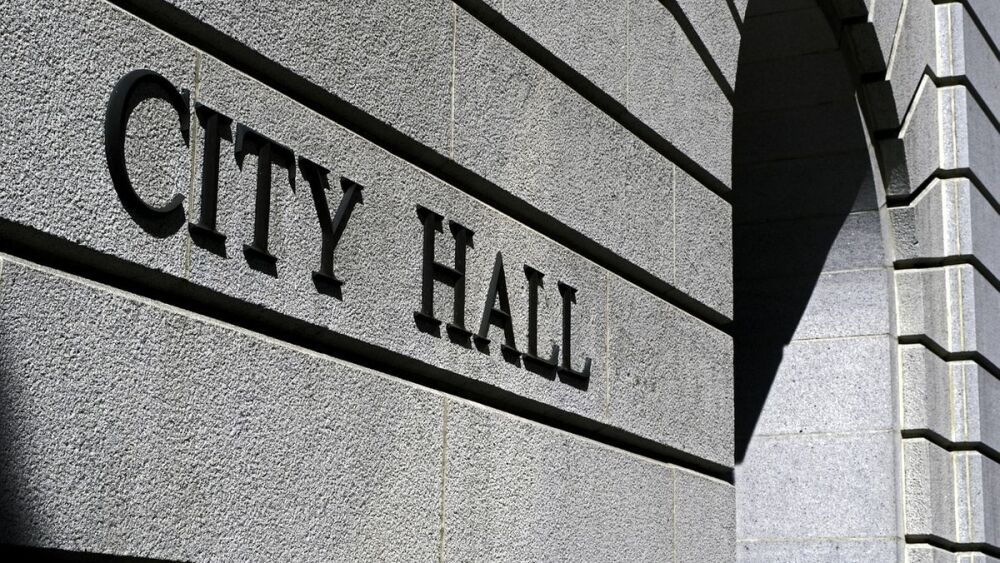By Corinne Kennedy
McClatchy Washington Bureau
WASHINGTON — A new program to connect low-income households in public housing with Internet access and Internet-capable devices announced will aim particularly at children and include training to help program participants maximize their use of the new devices and technology.
ConnectHome will link 270,000 households, and 200,000 children, with broadband access in 28 communities including the Choctaw Nation in Oklahoma.
“It’s not just making the Internet more accessible,” Housing and Urban Development Secretary Julian Castro told reporters as the White House unveiled the program. “It’s making it more meaningful for students and parents by providing digital literacy training.”
According to the White House Council of Economic Advisers, 4G wireless broadband is available to 98 percent of Americans. However, many low-income households are unable to take advantage of this even if they own a computer, because they do not have home Internet subscriptions.
“ConnectHome will help bridge the digital divide at its widest point,” inside the home, said Jeff Zients, director of the National Economic Council.
Communities were chosen for the pilot program based on a record of trying to increase broadband access in the past. Zients and Castro said the program could be expanded in the future if it is successful.
The program will be a partnership between communities, the federal government and the private sector, with most of the funding coming from nonprofits and private companies. The only federal funding comes from a $50,000 U.S. Department of Agriculture grant and will go entirely to program operations in the Choctaw Nation in Oklahoma, where Obama was visiting Wednesday.
Internet service providers Google Fiber, CenturyLink, Cox Communications and Sprint will offer free or discounted home Internet access to qualifying homes in the selected cities. Nonprofits and businesses such as Best Buy, GitHub, the 80/20 Foundation, Age of Learning Inc. and the Boys and Girls Club of America will provide free digital literacy training and online educational children’s programs.
The James M. Cox Foundation will also make tablets with educational software available for $30 for students participating in ConnectHome in Macon, Ga.
The program, along with ConnectED, aims to get Internet access into 99 percent of American schools by 2017. It’s part of Obama’s pledge to upgrade the country’s technical capabilities and make it more internationally competitive.
“Participation in the global economy requires access to the tools of the digital economy,” Zients said.
Castro echoed him, pointing out that 90 percent of college applications and 80 percent of job listings are now online.
“Technology has truly transformed how we live, how we learn and how we work,” he said. “We need to ensure America remains the land of opportunity in a changing global landscape.”
While the ConnectED program has gotten more Internet access in schools, that “level of access needs to follow our children from school to home,” Castro said.
———
SEEKING TO BRIDGE DIGITAL DIVIDE
Twenty-eight communities have been selected to participate in ConnectHome:
Albany, Ga.
Atlanta
Baltimore
Baton Rouge, La.
Boston
Camden, N.J.
Choctaw Nation, Okla.
Cleveland
Denver
Durham, N.C.
Fresno, Calif.
Kansas City, Mo.
Little Rock, Ark.
Los Angeles
Macon, Ga.
Memphis, Tenn.
Meriden, Conn.
Nashville, Tenn.
New Orleans
New York
Newark, N.J.
Philadelphia
Rockford, Ill.
San Antonio
Seattle
Springfield, Mass.
Tampa, Fla.
Washington












